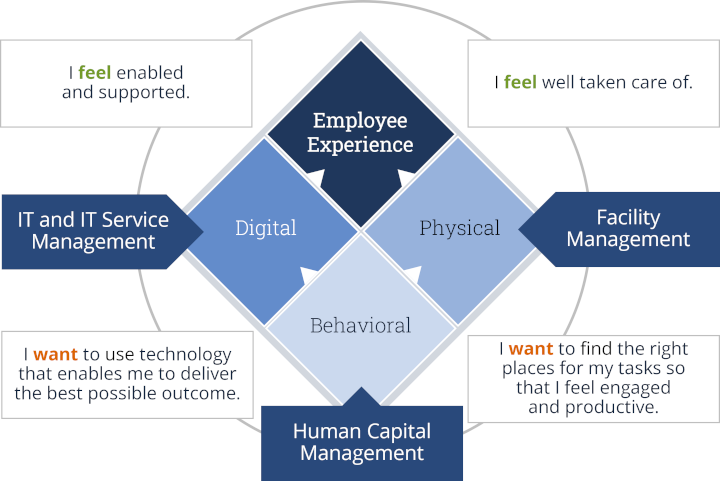Imagine a new hire, Sarah, who joins your organization to work remotely. Her version of her onboarding process might be something like: “As a new employee, I need to complete the onboarding process so I can start contributing to the team.” Let’s call this Sarah’s onboarding “user story.”
Like the user stories of Agile software methodology, this statement outlines a basic need. And, also like other user stories, it falls short of capturing the full spectrum of Sarah's onboarding experience — the excitement, apprehensions and aspirations that come with a new role, especially in a remote setting. This gap between a traditional user story and the holistic employee experience is where many organizations miss the mark in balancing expectations and experience, crucial elements in attracting and retaining top talent.
This ISG whitepaper shows how transitioning from traditional user stories to user experience statements can transform employee touchpoints into more meaningful interactions.

Figure 1: Key Stakeholder Groups that Create, Influence, and Drive the Employee’s Experience
In the rapidly evolving landscape of hybrid work, where employee engagement is fueled by emotional connections and supported by a conducive environment for productivity, user experience statements can play a crucial role in crafting the roadmap for enhancing the employee experience.
By downloading this whitepaper, you will uncover strategies to enhance your organization's employee interactions, ensuring touchpoints are not just transactions but transformative experiences that foster long-term loyalty and satisfaction.
Don't miss the opportunity to redefine your approach to employee experience and start creating a workplace where every interaction is an opportunity to inspire and engage.
Please fill out this form to continue.
